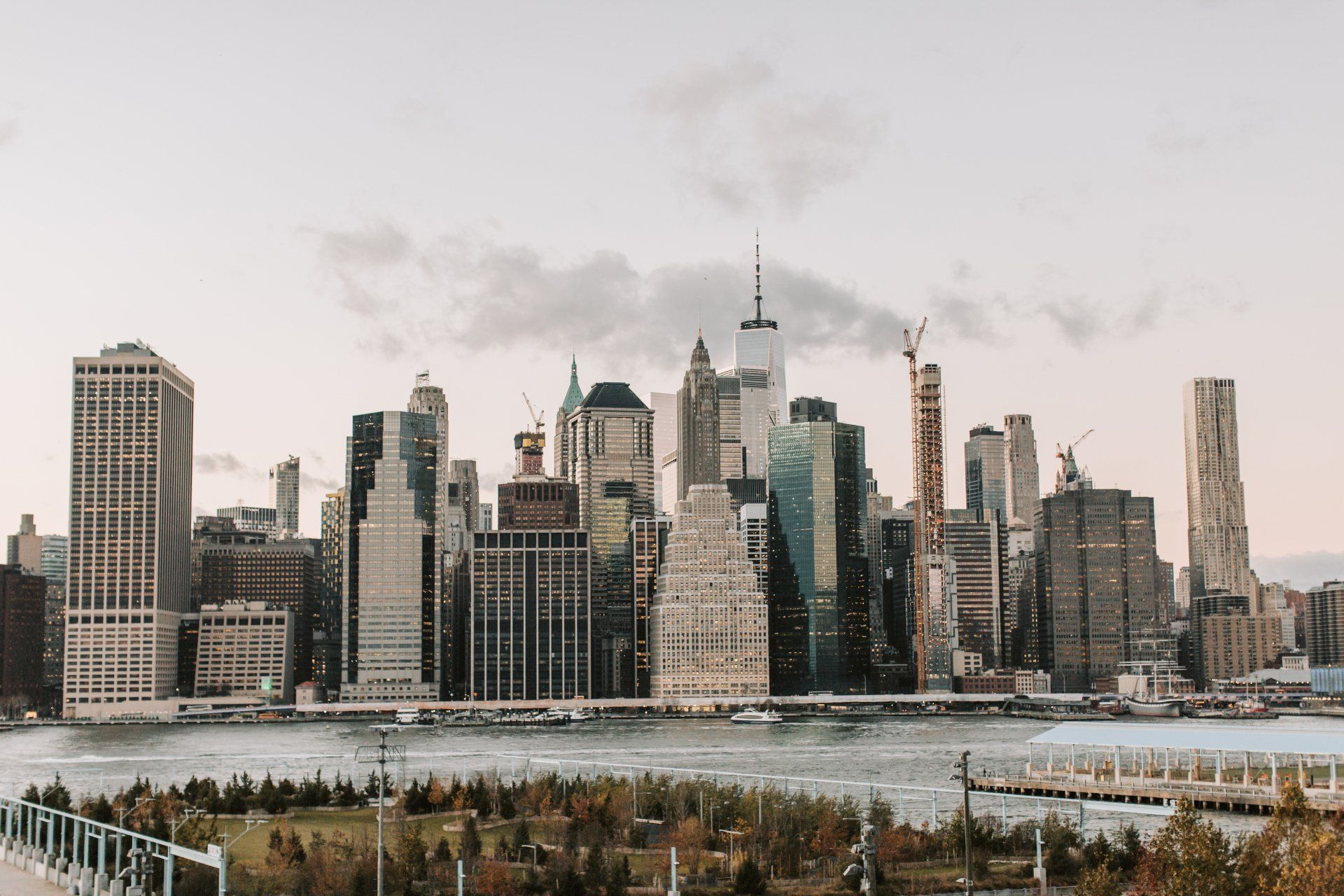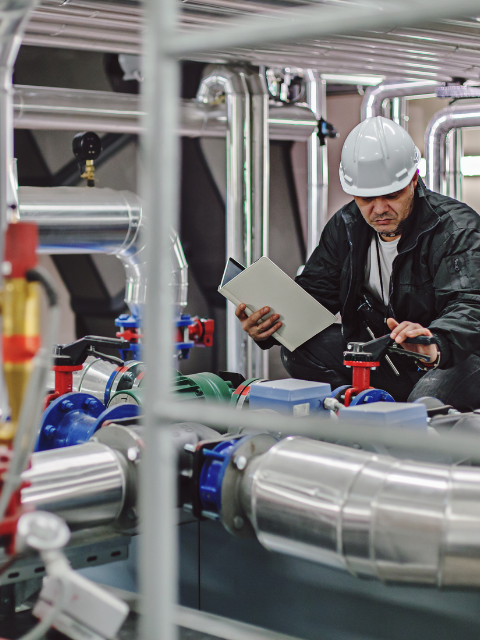Colombia to New York City - Local Law 97

The tools available to building owners for implementing capital improvements are as strong as ever.
As an Engineer with experience in Energy Management & Intelligence Consulting for Real Estate companies across Colombia, it has been intriguing to dive into the world of Local Law 97 and building decarbonization in New York City.
Whereas private organizations in South America implement sustainability practices for the primary objective of energy cost savings, as seems to be the tradition throughout the US, New York City looks to have many more tools and resources at their disposal. The opportunities for buildings to get a competitive edge in quality and operation are better than ever.
Past projects I have worked on that have reduced operating costs, include optimizing a 29-MW cogeneration plant, implementation of variable-speed controls for process pumps, and load shifting from gas boilers to heat pump system for a hospital campus. These projects provided the owners with GHG reductions of over 200 tCO2/year. In the Northeast U.S., these projects seem like they would also be attractive capital improvements on the basis of energy cost savings alone.
In my short time in NYC, I’ve supported the design and implementation of HVAC system optimizations, steam trap & heating system improvements, and lighting projects in my short time in NYC to date.
These projects have become especially viable in 2024 when you stack the benefits of:
- Cost savings from upgrades to offset rising energy costs.
- Avoided Local Law 97 penalties and/or Beneficial Electrification credit.
- Accurate quantification of maintenance improvements from reduced loads or run hours.
- Incorporating all available utility incentives and grants.
- Optimizing equipment selections for Demand Response which has growing enrollment rates.
- Utilizing 0% financing programs currently available to owners.
It seems like the challenges for buildings in NYC are no longer as much about about how to make the projects viable, but which to prioritize to get the strongest benefits.
I’m thrilled to be able to bring another perspective to real estate owners in NYC and help them leverage all the tools available to make otherwise overlooked projects, viable.
-Arnold Merino



